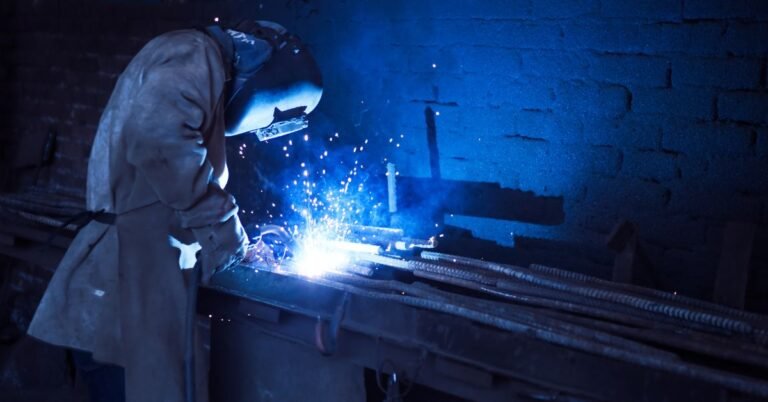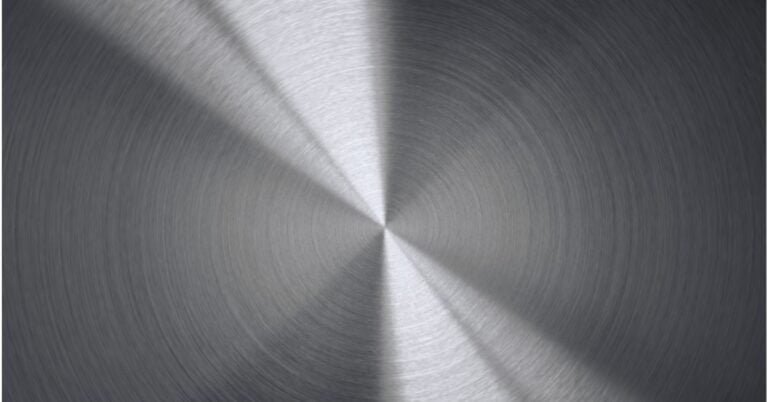The Crucial Role of Welding Machine Calibration
Welding, an art that fuses metal and technique, hinges on precision and control. At the heart of every successful weld lies a well-calibrated welding machine. But what exactly is welding machine calibration, and why is it so important? In this blog post, we’ll explore the significance of proper welding machine calibration, shedding light on how it enhances both the quality of welds and the safety of welders.
Understanding Welding Machine Calibration:
Welding machine calibration is the process of fine-tuning and adjusting a welding machine’s settings and parameters to ensure it operates at its optimal performance level. This calibration involves configuring factors such as voltage, current, wire feed speed, and gas flow rate to meet the specific requirements of a welding project. Essentially, it’s about achieving the right balance of power and precision.
The Importance of Proper Welding Machine Calibration:
- Quality Welds: The cornerstone of any welding endeavor is the quality of the welds produced. Proper calibration ensures that the welding machine delivers consistent and precise electrical output. This consistency directly translates into high-quality welds with minimal defects, such as porosity, undercutting, or lack of fusion. Welders can rely on well-calibrated machines to create strong, durable, and visually appealing welds.
- Safety Assurance: Safety is paramount in welding, and machine calibration plays a crucial role in ensuring a safe working environment. A well-calibrated machine operates within defined parameters, reducing the risk of overheating, electrical faults, or sudden malfunctions that could jeopardize the safety of the welder and those nearby. Calibration helps prevent accidents and potential injuries.
- Efficiency and Cost Savings: A properly calibrated welding machine operates efficiently, minimizing wastage of materials like welding wire and shielding gas. Welders can complete projects more quickly and with greater accuracy, reducing the need for rework or the consumption of additional resources. This efficiency translates into cost savings over time.
- Longevity of Equipment: Regular calibration not only ensures the accuracy of welding machines but also extends their lifespan. By preventing the strain caused by operating outside recommended parameters, calibration contributes to the durability of the equipment, reducing maintenance costs and downtime.
- Compliance with Standards: Many industries and welding applications have specific standards and quality requirements. Proper machine calibration is often a prerequisite to meeting these standards, ensuring that the welds produced align with industry specifications and regulations.
- Versatility: Different welding processes and materials require unique settings. Calibrating your welding machine allows you to switch between various welding tasks seamlessly, adapting to the specific demands of each project. This versatility enhances your capabilities as a welder and widens the range of projects you can undertake.
Conclusion:
Welding machine calibration is not just a technicality; it’s a fundamental aspect of welding craftsmanship. It’s the bridge between theory and practice, precision and power, and safety and success. Every welder, whether a novice or a seasoned professional, should prioritize proper machine calibration as a cornerstone of their welding practice. By doing so, you not only elevate the quality of your welds but also ensure a safer, more efficient, and cost-effective welding journey. In the realm of welding, where every spark counts, calibration is the compass that guides you towards excellence.







